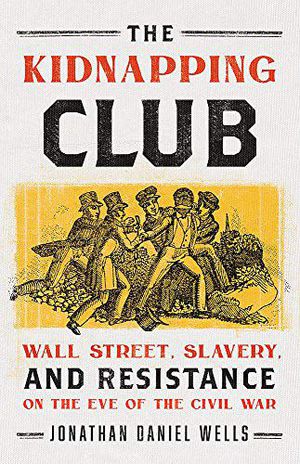I’ve found another unknown chapter in the sordid U.S. history of systemic racism — in the 1830s until the Civil War, neither runaway slaves nor free Blacks were safe in New York City.
This story actually begins with the Constitution. Article IV Section 2 contains the (now obsolete) “Fugitive Slave Clause” — “No Person held to Service or Labour in one State, under the Laws thereof, escaping into another, shall, in Consequence of any Law or Regulation therein, be discharged from such Service or Labour, but shall be delivered up on Claim of the Party to whom such Service or Labour may be due.” (https://constitutioncenter.org/interactive-constitution/interpretation/article-iv/clauses/37)
In the North, this clause provided plenty of rationale for grabbing Blacks off the streets and sending them back into slavery. Especially in New York City, a powerful network of judges, lawyers, and police officers emerged to subvert anti-slavery laws through the kidnapping of African Americans irrespective of their legal status. This network especially had the support of business interests who depended on the Southern slave and cotton trade. It was so pervasive it was given a name — “The New York Kidnapping Club.” The only saving grace was a small group of abolitionists, including Black journalist David Ruggles, who often risking their lives to defend the inadequate rights the city’s Blacks had at that time.

This chapter of racial history is now being told in The Kidnapping Club: Wall Street, Slavery, and Resistance on the Eve of the Civil War by Jonathan Daniel Wells (https://www.amazon.com/Kidnapping-Club-Street-Slavery-Resistance/dp/156858752X/ref=sr_1_2?). A companion article is “The So-Called ‘Kidnapping Club’ Featured Cops Selling Free Black New Yorkers Into Slavery” also by Jonathan Daniel Wells (https://www.smithsonianmag.com/history/so-called-kidnapping-club-featured-new-york-cops-selling-free-blacks-slavery-180976055/?).
